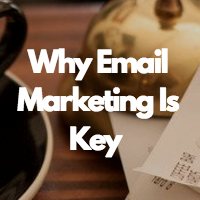
MozCon 2017: Why Email Marketing Is Key to Maximizing Marketing ROI
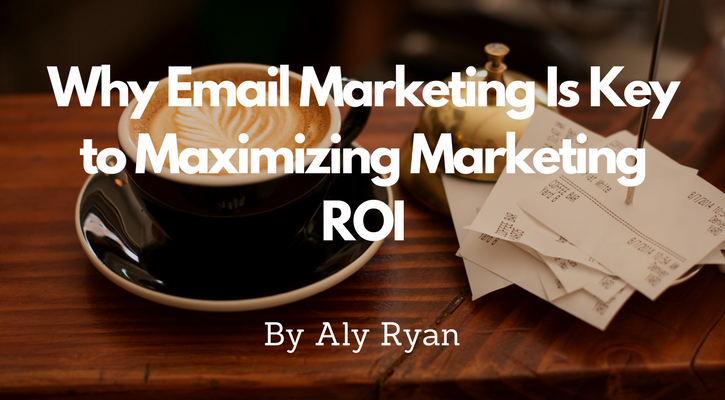
The following post is part of WTWH Media Marketing Lab’s ongoing blog series from MozCon 2017. You can find the full presentation here
Justine Jordan, VP of Marketing at Litmus, gave a great talk on the importance of email marketing and how it can ruin brands. Jordan was a big fan of the Wi-Fi hotspot maker, Karma. They sent her beautiful, customer centric emails with great copywriting. They’d talk about their commitment to her and the value that they brought her. The more she kept using it, the more value she got from it, and the more data she bought from them.
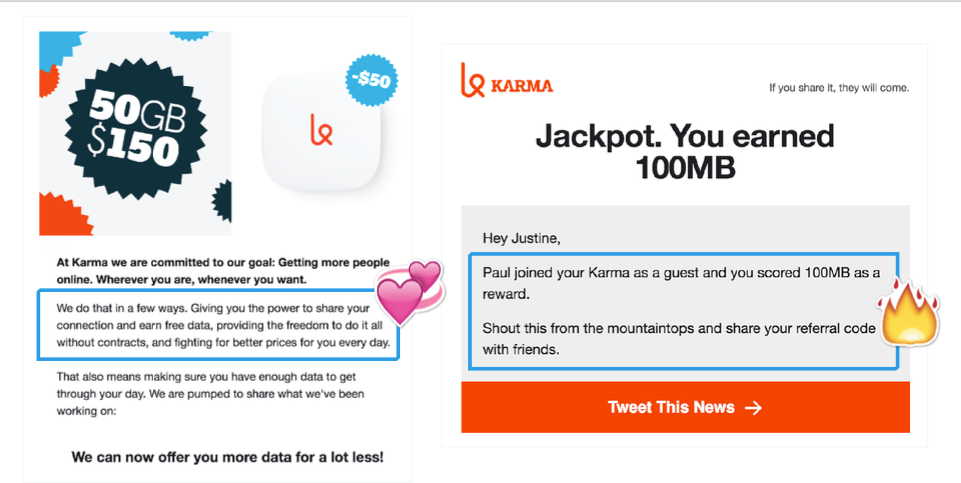
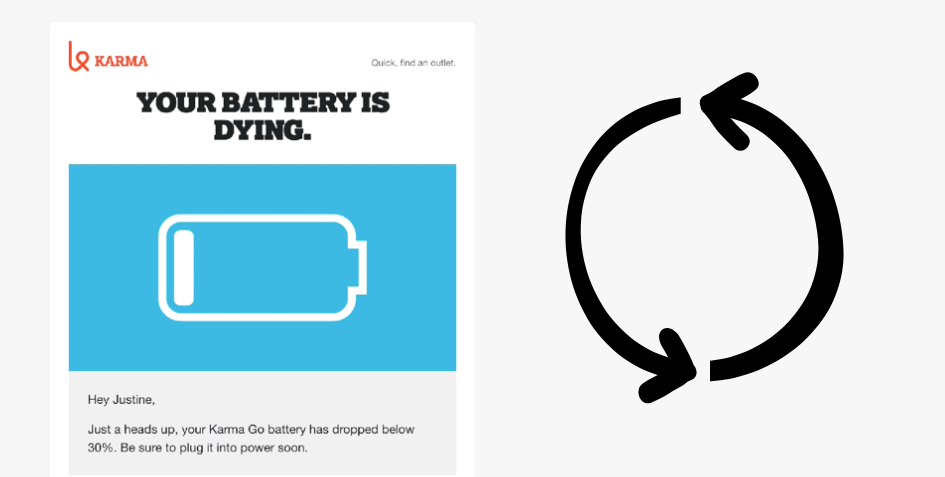
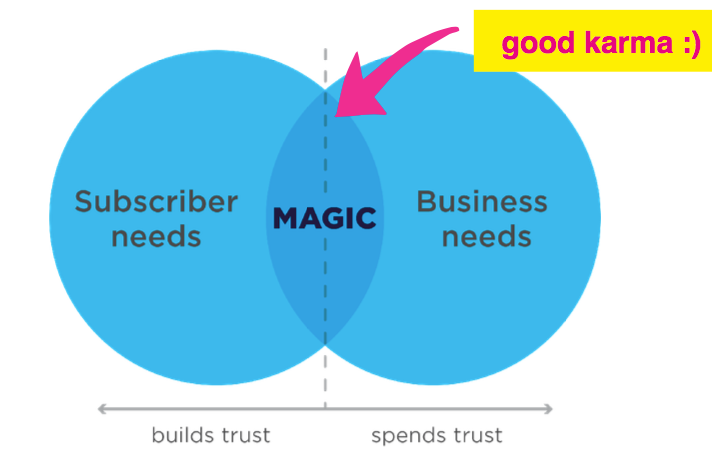
She continued on to say that “our job as marketers is to sit at the intersection between our subscriber needs and our business needs, and act as a translator between the two.”
But then, something terrible happened. The emails from Karma became shouty and terrible. Gone was the customer-focused copywriting. It was nothing but buzzwords and vague marketing speak shouting at her.

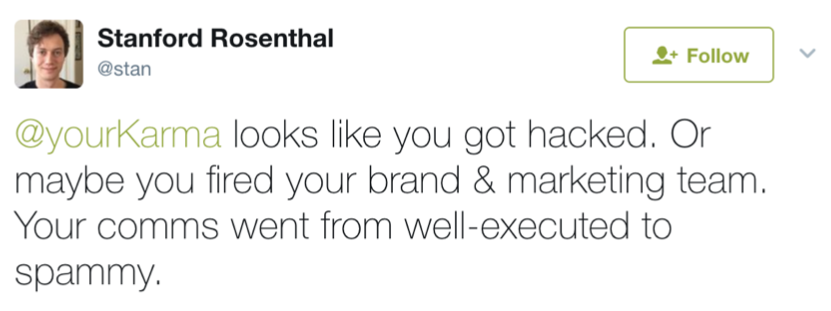 Customers noticed. They went to Twitter to tell Karma about their spammy emails. They went from daily customer value to promotional shouty emails. This took the customer needs and magic out of the equation, which left Karma only achieving their business needs.
Customers noticed. They went to Twitter to tell Karma about their spammy emails. They went from daily customer value to promotional shouty emails. This took the customer needs and magic out of the equation, which left Karma only achieving their business needs.
Email isn’t just another box in our marketing arsenal. Email is a personal medium and it gets delivered straight to our inbox. Our KPI’s become really obvious when we send emails like this for better or for worse. These emails were the tie that bound the entire customer experience at Karma together. The user needs fell out of the equation. Our subscribers care about value, fun, and relevance. We have all these channels, tools, KPI’s processes, and priorities. Most marketing is really selfish but when we take subscriber trust and magic out of the equation, we’re just left with the business needs. [bctt tweet=”Email has the opportunity to make or break our customer relationships” username=”wtwh_aly”]
We watched a short clip where an Amazon executive said, “We don’t have to send anything if it’s going to break customer trust. Email is a privilege, not a right. If we’re going to do it, we need to do it right by our customer.” Amazon threatened to uncheck the email box when they found out their email marketing campaign made a customer uncomfortable.
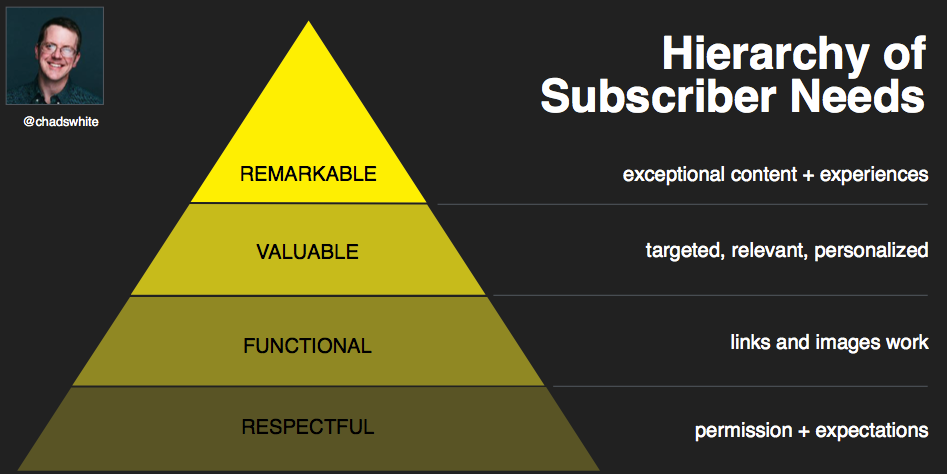
Check out this email hierarchy of subscriber needs. It all starts with the permission and expectations of the customer receiving the email. Next, you have to double check that all links and images are working. Once that’s covered you can ask yourself, is this email personalized, relevant, and targeted? If you’ve answered yes, you then have to make sure that the email contains great content and provides a great user experience.
Here are some stats from a Litmus/Fluent survey that might surprise you:
- 39% of consumers said it was difficult to unsubscribe from promotional emails
- 50% of consumers say it’s easier to mark as spam than unsubscribe
- Subscribers look at the name first, subject line second
- 54% of subscribers say they’ve felt tricked by a subject line
- When emails looked bad on mobile 43% of consumers say they’ve marked them as spam and 51% say they’ve unsubscribed
Jordan talked about how we need to stop measuring opens and clicks and start caring more about bounce rate, spam and unsubscribes. You should be aiming for less than 2% bounce rate and a 0.02% spam rate.
Before sending an email, ask the 5 W’s:
- WHO are you sending to?
- WHAT do you want them to do?
- WHEN is it appropriate to send the message?
- WHERE will the recipient read it?
- WHY should they care?
- HOW are you going to measure success?
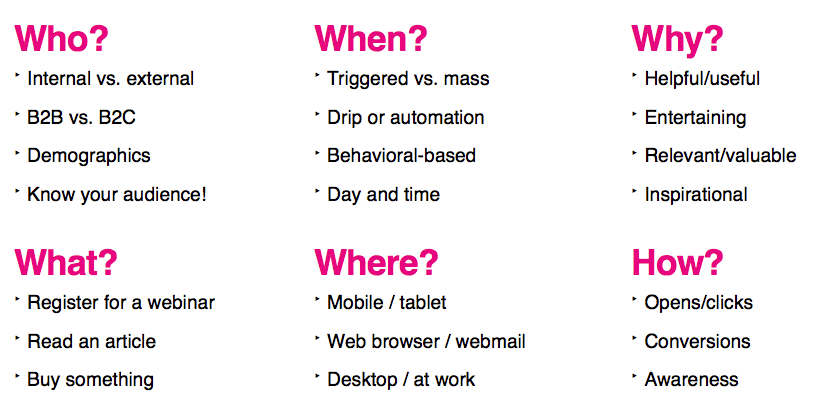
And if you can’t answer these questions… you can’t send the email.

Justine Jordan, VP of Marketing at Litmus @meladorri



Leave a Comment
You must be logged in to post a comment.